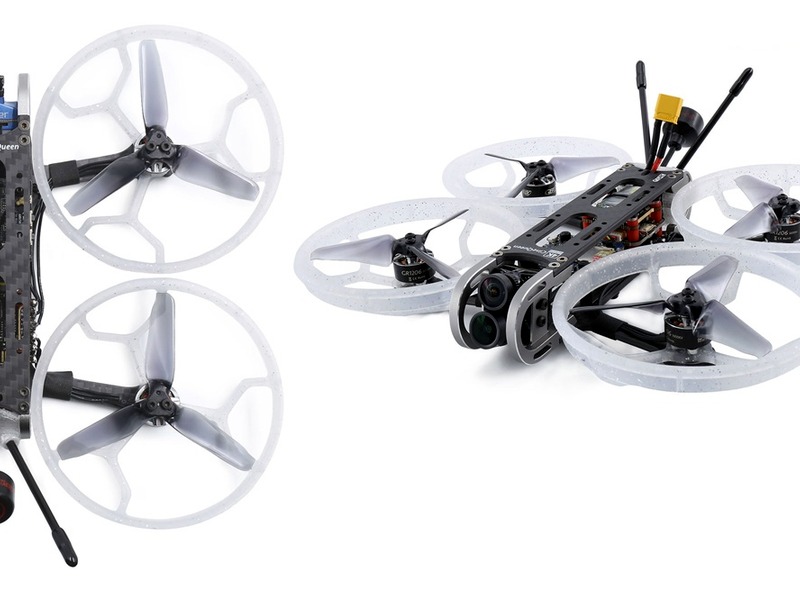Can drones fly on autopilot?

Yes, drones are capable of flying on autopilot. The technology that powers autopilot in drones is called Autonomous Flight Control (AFC). AFC is a type of computer-controlled navigation system that allows unmanned aerial vehicles (UAVs) to fly autonomously without a pilot. This system is based on sophisticated algorithms that allow the drone to determine its position and attitude in relation to the surrounding environment.
The autopilot system in a drone consists of several components, including the GPS receiver, the inertial navigation system (INS), the autopilot computer, and the autopilot software. The GPS receiver is used to determine the drone’s exact position in relation to the ground. The INS provides the drone with measurements of its attitude, velocity, and acceleration. The autopilot computer then processes this information to determine the best course of action for the drone to take.
The autopilot software is the most important part of the system. It is responsible for controlling the drone’s flight path, altitude, speed, and attitude. The software is programmed with a set of rules and parameters that allow it to make decisions based on the data received from the GPS receiver, INS, and other sensors.
Autopilot systems in drones can be programmed to fly in a straight line, make turns, and even follow a predetermined route. The systems can also be programmed to avoid obstacles, such as trees and buildings, as well as to maintain a certain altitude. Furthermore, autopilot systems can be used to land the drone automatically.
Autopilot systems in drones are becoming increasingly popular as they allow for greater efficiency and safety. Autopilot systems are used in a variety of applications, including search and rescue, surveillance, and delivery. Autopilot systems can also be used to monitor the environment, such as for air pollution monitoring, agricultural monitoring, and weather monitoring.
In conclusion, drones are capable of flying on autopilot. Autopilot systems are becoming increasingly popular due to their efficiency and safety. Autopilot systems are used in a variety of applications and can be programmed to fly in a straight line, make turns, and even follow a predetermined route. Autopilot systems can also be used to land the drone automatically.
Comments / Question
2. Range: Autopilot systems are limited in the distance they can fly, as they rely on GPS signals and other navigational aids.
3. Weather Conditions: Autopilot systems are not designed to fly in extreme weather conditions, such as heavy winds, rain, or snow.
4. Obstacles: Autopilot systems are not designed to detect and avoid obstacles, such as trees, buildings, and other objects.
5. Regulatory Restrictions: Autopilot systems are subject to local and federal regulations, which can limit their use in certain areas.
2. OccuFly: A built-in geofencing system that provides information about no-fly zones as well as altitude restrictions for flight.
3. Intuitive Flight: The autopilot system enables flight along complex, pre-programmed courses autonomously with intuitive controls.
4. Advanced Sensors: Several sensors such as Accelerometers, Gyroscopes, Ultrasonic Sensors, and a GNSS receiver provide precise positioning and terrain-aware flight capabilities.
5. Low Battery Protection: This feature warns the pilot if the battery level is low and will return home before power runs out.
6. Position Hold: Autopilot systems holds the drone in position, allowing for stable and precise flight.
7. Obstacle Avoidance & Collision Detection: This featureAlerts the pilot if an object is detected in the flight path and aids in avoiding collisions.
8. Autonomous Landing: This feature enables the drone to autonomously land if the signal is lost or when it reaches its destination.

